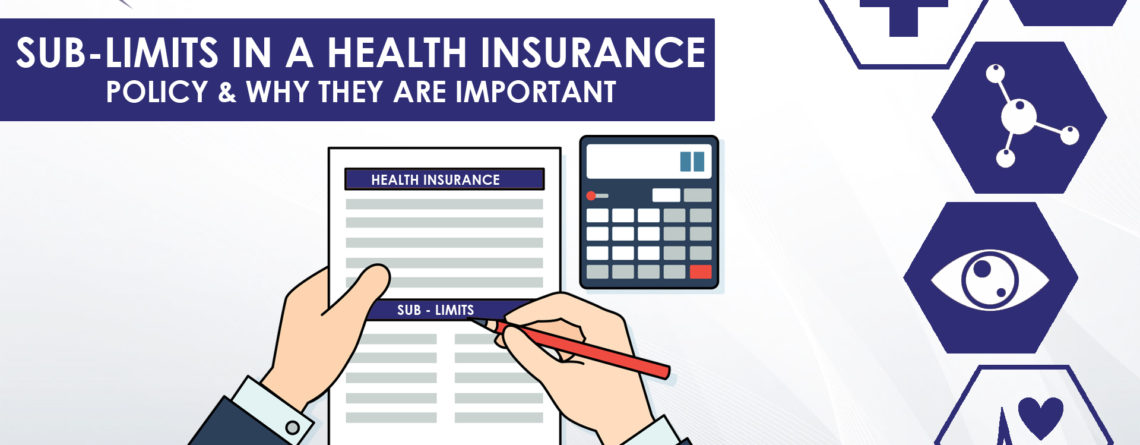Buying a health insurance may be easy but selecting a plan that meets your needs is not that easy. There are various features such as day care procedures, waiting period, co-payment, deductibles and cashless cover that form the basis on which you can compare health insurance plans. However, one of the major key deciding factors is the sub-limit.
A sub-limit is an extra limit in an insurance policy’s coverage of certain losses. These losses are a part of the original policy limit, that is, the sum assured. Your insurance company can limit its liability in specific cases by including sub-limits. If you have a health insurance plan without sub-limits then it may cost you more, whereas, the plans with sub-limits are comparatively cheaper.
In simpler terms, a sub-limit is a monetary cap that your insurance service provider places on your medical insurance claim. Sub-limits can place on hospital room rent, doctor’s consultation fee, ambulance charges and a few pre-planned medical procedures such as cataract removal, knee ligament reconstruction, etc.
Here are the sublimits in a Health Insurance Policy and their importance:
1. A sub-limit is one of the critical features to evaluate in health insurance. There are two types of sub-limits; one on hospital room rent and the other on the sum assured on a specific disease.
2. Sub-limits are expressed as a fixed value for a particular disease/treatment or room rent or as a percentage of the total sum insured.
3. Under the room rent option, the rent per day, the type of room and all other hospital charges linked to the room are capped and any charges over and above the limit have to be borne by the patient.
4. Under sub-limit on a specific treatment, there is a cap on the amount you can claim. It depends on your disease/treatment and the remaining has to be borne by the patient. Hence, a high insurance cover does not assure 100% coverage.
5. A health insurance plan with no sub-limits has a higher premium.










